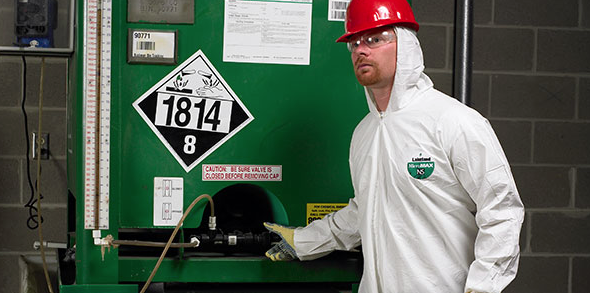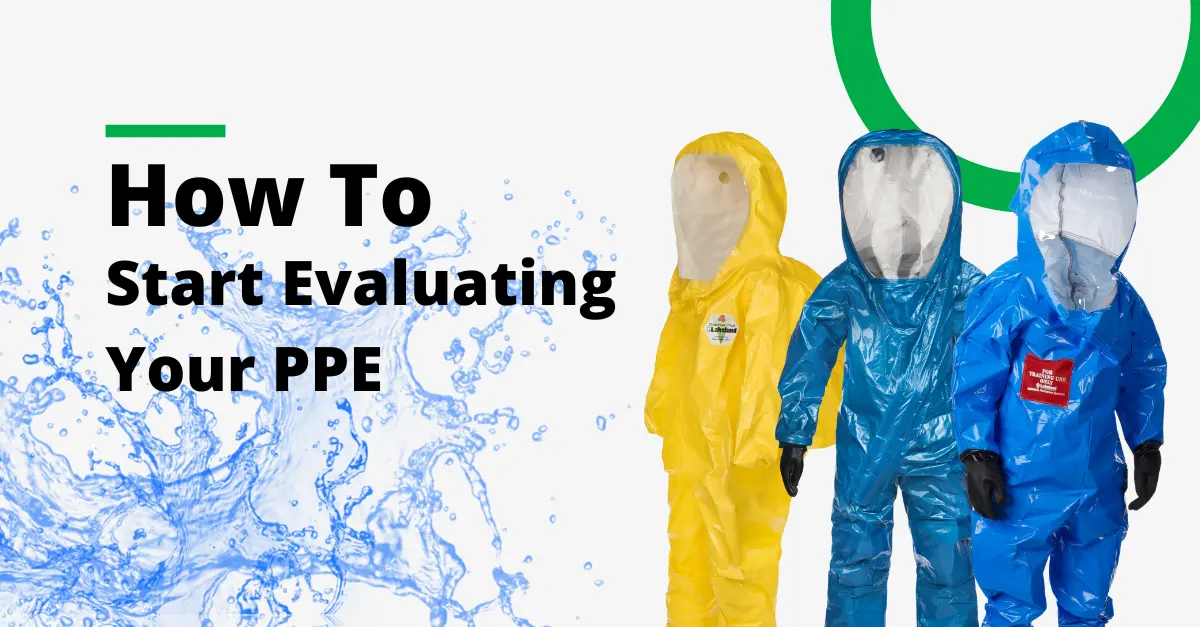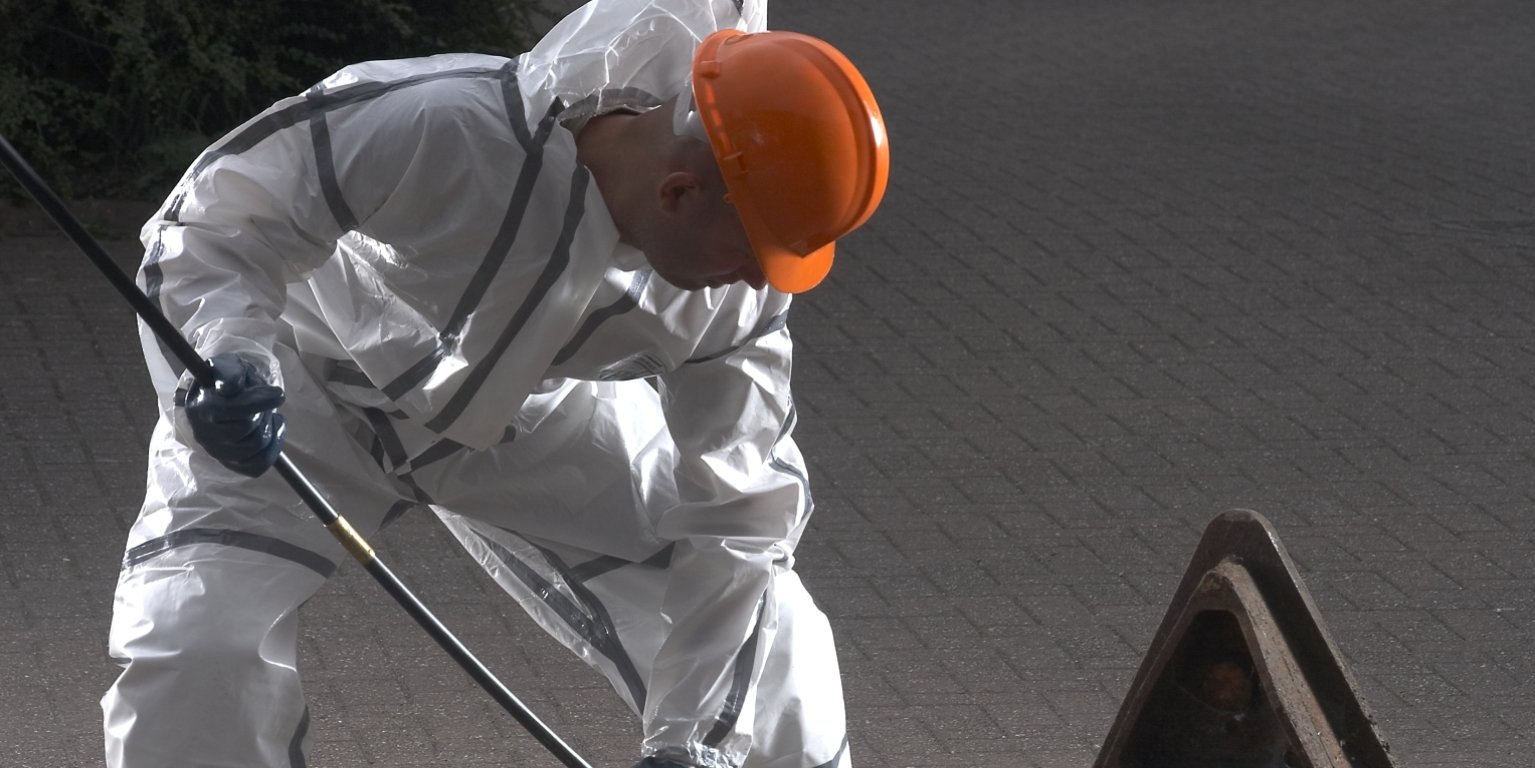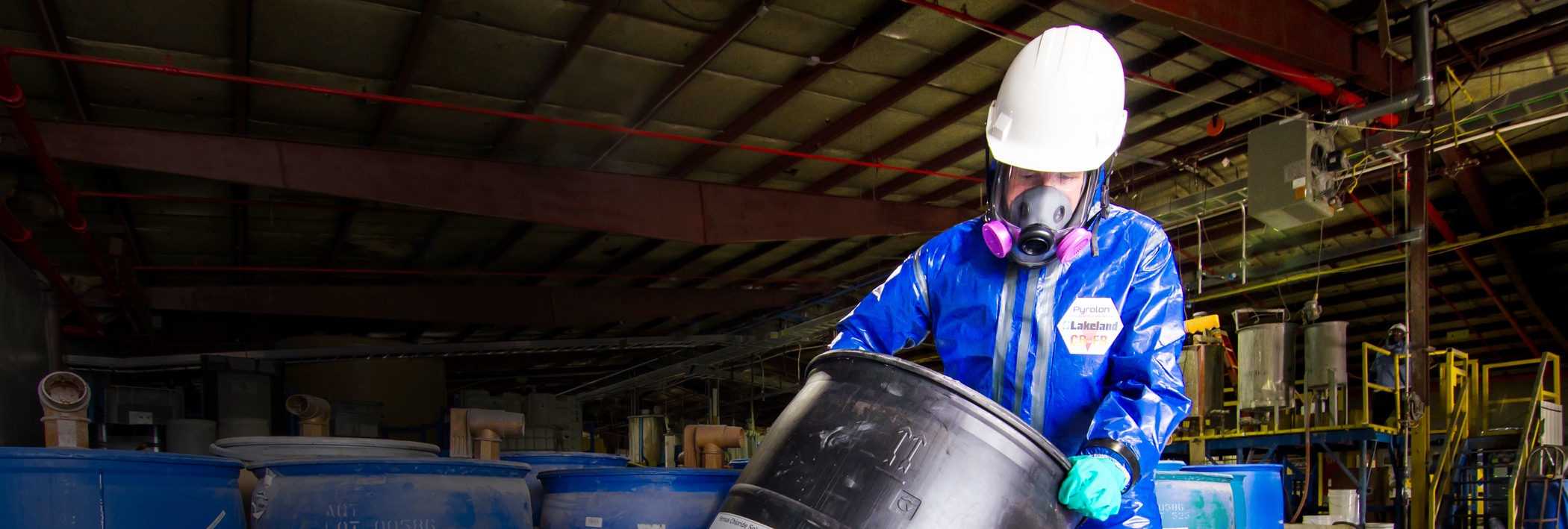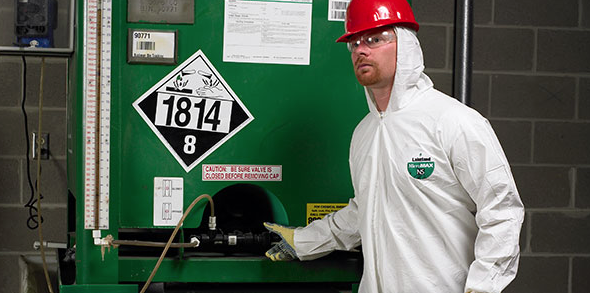 In any work situation, providing comfortable PPE is an important factor for creating uninhibited movement, efficiency and overall performance. However, when selecting chemical protective clothing, level of protection often outranks comfort due to compliance and the importance of ensuring the wearer’s protection from hazards in the work environment. Comfort is a key factor in not only performance, but also the overall safety of the wearer. If a protective garment is not being worn properly or the integrity of the garment has been compromised in some way to improve comfort, a dangerous situation can occur and put the wearer at increased risk for exposure.
In any work situation, providing comfortable PPE is an important factor for creating uninhibited movement, efficiency and overall performance. However, when selecting chemical protective clothing, level of protection often outranks comfort due to compliance and the importance of ensuring the wearer’s protection from hazards in the work environment. Comfort is a key factor in not only performance, but also the overall safety of the wearer. If a protective garment is not being worn properly or the integrity of the garment has been compromised in some way to improve comfort, a dangerous situation can occur and put the wearer at increased risk for exposure.
Breathability is a big consideration among comfort factors in chemical protective clothing because the fabrics used are tested to be impermeable and provide protection against physical properties such as bloodborne pathogens, biological contaminates, dangerous chemical agents and more. How can something be both breathable and impermeable? Here are a few facts you need to know about breathability and chemical protective clothing
Moisture Vapor Transfer Rate
The ability of any fabric to transfer moisture is dependent on its ability to “wick” it through the fabric. This is referred to as the Moisture Vapor Transfer Rate (MVTR) and is measured in grams per square meter per 24 hours (i.e., referring to how many grams of moisture can pass through a square meter of fabric in a 24 hour period).
The breathability of a garment often causes confusion. “Breathable” implies that a material is moisture vapor permeable, however; it does not relate to the exchange of air. A better way to describe the “breathability” of a protective garment is through moisture vapor permeability (MVP) or moisture vapor transmission (MVT), both of which are measurements that reflect a fabric’s ability to transport water vapor from the body.
Job Hazards & Heat Stress
One of the main comfort factors when selecting chemical and biological material protective apparel is known as heat stress and is often considered when selecting and wearing protective clothing for an extended period of time. Heat stress is the strain placed on the body as it attempts to cope with the excess internal heat caused by barrier protective garments. While it is critical to provide protective clothing that appropriately repels dangerous materials, it is also important to monitor and properly control heat stress to ensure the safety and comfort level of workers wearing the protective clothing.
Air Permeability (cfm)
Air permeability is measured by rate of airflow in cubic feet, per square foot of sample area per minute (CFM). The higher the CFM, the more breathable the garment.
The body’s primary cooling mechanism, sweat evaporation, is controlled by micro-humidity and temperature. Heat load, imposed by chemical and biological materials, can be reduced by improving the air permeability of protective suits. However, increasing air permeability will reduce the chemical protective performance, since increasing the air permeability of the protective material will result in higher air velocities through the material.
Breathability Differences
Similar to air permeability, there are many misconceptions related to breathability and comparing the protective clothing that provides the best protection needed for the wearer. As stated above, how well a garment breathes is measured by its air permeability. Considering that a CFM of zero has no breathability, the difference in many chemical and biological material protective clothing’s breathability measurements are typically so small that they are insignificant.
What steps have you taken to choose protective garments that are best for your unique working condition in regard to strength, durability, liquid penetration and comfort?
